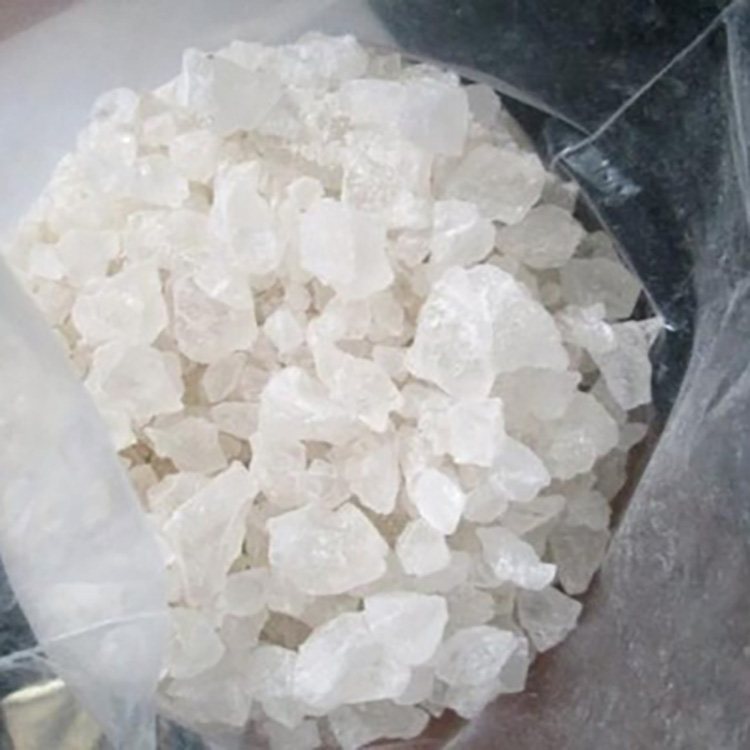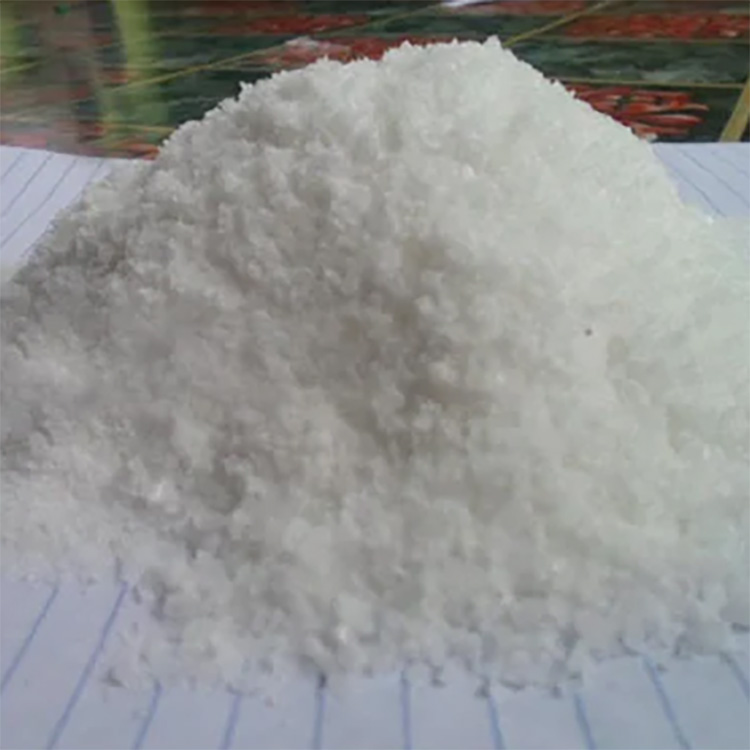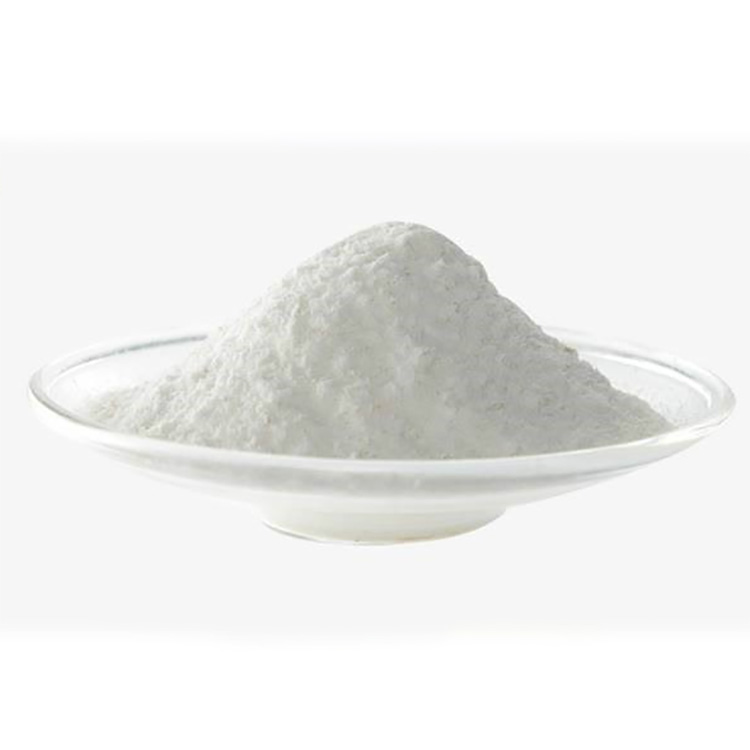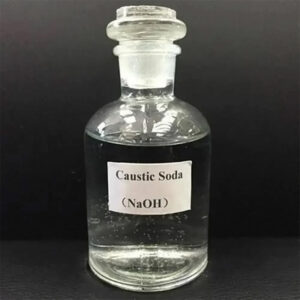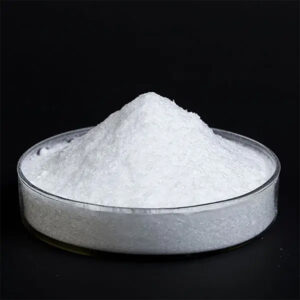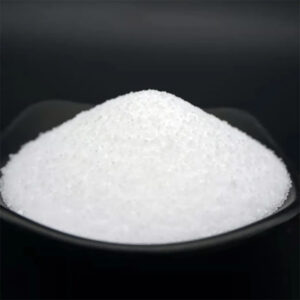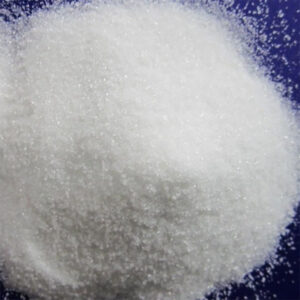Potassium Cyanide – General Introduction
Chemical Appearance:
Potassium cyanide is a white, crystalline salt, presenting itself as a solid substance.
Applications:
Potassium cyanide has applications across various fields:
– Metal Processing: Actively used in gold and silver mining for extracting precious metals from ores.
– Chemical Synthesis: Employed in chemical processes, including the production of organic chemicals and pharmaceuticals.
– Electroplating: Used in electroplating processes to enhance the adherence of metal coatings.
– Photography: Historically used in photography for developing and fixing solutions.
– Fumigation: Applied in some agricultural practices for fumigation purposes.
– Jewelry Industry: Utilized in the jewelry industry for cleaning and polishing gold and other precious metals.
– Laboratory Reagent: Used as a reagent in laboratories for specific chemical reactions and experiments.
Safety:
Potassium cyanide is highly toxic, posing serious risks to human health. Extreme caution is required during handling, and strict safety measures must be followed to prevent exposure.
Environmental Impact:
Due to its toxicity, proper disposal and management are crucial to prevent environmental contamination and harm. The environmental impact of potassium cyanide necessitates stringent adherence to safety protocols and regulations.
Specification
| Appearance (color) | complying |
| Appearance (form) | complying |
| Assay (argentometric) | Min. 96.0 % |
| Iron (Fe) | Max. 0.03 % |
| Sodium (Na) | Max. 0.50 % |
| Lead (Pb) | Max. 2 ppm |
| Chloride (Cl) | Max. 0.5 % |
| Phosphate (PO4) | Max. 0.005 % |
| Sulfate (SO4) | Max. 0.04 % |
| Sulfide (S) | Max. 0.003 % |
| Thiocyanate (SCN) | complying |

